This article is part of our collection on the 'Golden Globe Ocean Race' where former Open University student Antoine Cousot is circumnavigating the globe for 30,000 miles, alone. Our academics are championing this by getting you to explore information, science and ideas about the ocean with their explainer articles.
Drifting continents and the life and death of the Pacific Ocean
How are oceans ‘born’ and how do they age and ‘die’?
The Earth's face is changing all the time, but at very slow rates. It is now known that the Earth is a highly dynamic planet - far more so than the other terrestrial planets (Mercury, Venus and Mars) and the Moon - and one that has altered its outward surface many times over geological time.
On Earth, this dynamism is shown by the opening and closure of oceans, also known as gateways, and the associated movements of continents called . At times, continental drift has resulted in the continents fragmenting into many smaller land masses as now, whilst at other times collisions have assembled vast supercontinents with immense mountain chains along their joins.
Such constant rearrangement has had a profound effect upon the surface geology of our planet. It has also affected the water on the planet through the changes in the shape and size of the oceans, the ocean-atmosphere links, the positions of the Earth's climate zones and, perhaps, even the nature of the biosphere and the course of the evolution of life itself.
Have a look at how continental drift was first described and justified by Alfred Wegener below:
The remarkable notion that the continents have been constantly broken apart and reassembled throughout Earth's history is now widely accepted. The greatest revolution in 20th century understanding of how our planet works, known as plate tectonics, happened in the 1960s, and has been so profound that it can be likened to the huge advances in physics that followed Einstein's theory of relativity.
According to the theory of plate tectonics, the Earth's surface is divided into rigid plates of continental and oceanic lithosphere that, through time, move relative to each other, and which increase or decrease in area. So oceans are ‘born’ as land masses move apart and they age and ‘die’ as the land masses move together again.
Wegener did not know what drove the process of continental drift but we now know the Earth’s surface is divided into rigid ‘plates’ which move due to geological processes taking place within the Earth. We call the overall process ‘Plate tectonics’ (tectonics from Latin tectonicus and from Ancient Greek τεκτονικός (tektonikos), meaning 'pertaining to building').
Take a ride through how the Earth’s surface has looked from 540 million years ago to the present day!
In the last video it was clear that the Atlantic Ocean is still opening but the Pacific Ocean is closing and will close completely after about another 200 million years. The processes involved with closing the Pacific lead to the ‘Pacific Ring of Fire’, where old crust is taken back into the Earth producing volcanoes and earthquakes. Many large earthquakes occur in the ‘ring of fire’ in such places as San Francisco, Japan and New Zealand – all around the closing Pacific Ocean. Unfortunately these cause destruction and death – all a product of the restless Earth beneath our feet and the movement of the continents.
The Drake passage – formation and impact
When did the Drake passage form and how does it impact our climate?
The Golden Globe yachts have to pass through a relatively narrow gap between South America and Antarctica known as the ‘Drake Passage’ – named after Sir Francis Drake.Drake didn’t sail through it but one of his ships was blown far to the south of the ‘normal’ route around South America through the Straits of Magellan suggesting an open sea route could be found from the Pacific to the Atlantic Ocean.
According to the ideas of ‘Plate Tectonics’, how long ago did the gap open? South America and Antarctica are believed to have separated about 30 - 40 million years ago.
The opening allowed water to flow completely around Antarctica as the ‘Antarctic Circumpolar Current’. As Antarctica moved further south, and was cut off by the current from warmer waters further to the north, the Antarctic continent began to get colder until it is the way we see it today.
The water in the Antarctic Circumpolar Current is ‘squeezed’ between the two land masses making it a violent and stormy place! The next two videos will give you some idea of just how stormy it could be for the Golden Globe racers!
The Antarctic Circumpolar current is part of the global ocean current circulation. The balance between the flow of warm currents transporting heat from the equator towards the poles and the flow of cold water away is a key element determining our climate. Recent studies suggest the coldest water in the Antarctic Circumpolar Current (ACC) is being pushed further southwards due to rising temperatures.The opening of the Drake Passage is believed to be around 35 million years ago but a shallow connection has been proposed long before this time. The ACC is the largest ocean current on our planet, connecting Atlantic, Indian and Pacific oceans. It had a profound effect on the climate of the whole Earth. Human-induced warming of the water flowing through the passage today will undoubtedly have serious long-term future effects on our climate. To find out more about role of ACC on regulating climate and how OU researchers are investigating the onset of ACC and its impact on global climate, read the link below:
Like oceans? Take it further
Free resources:
Our modules:
Our qualifications:
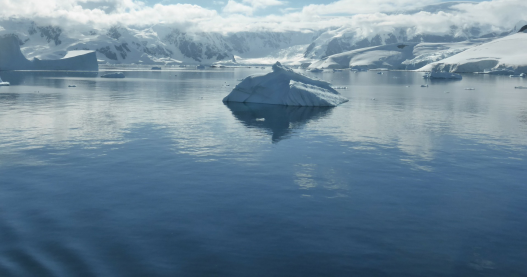
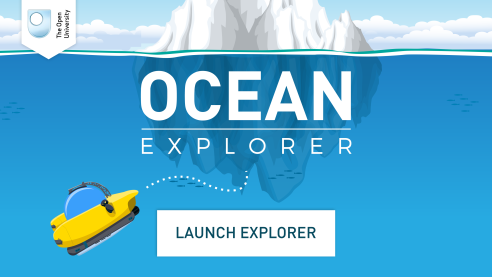

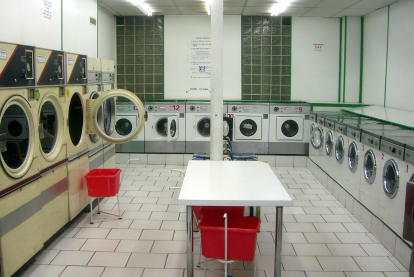
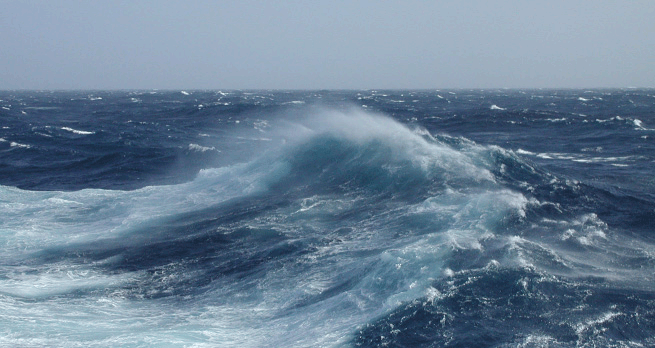
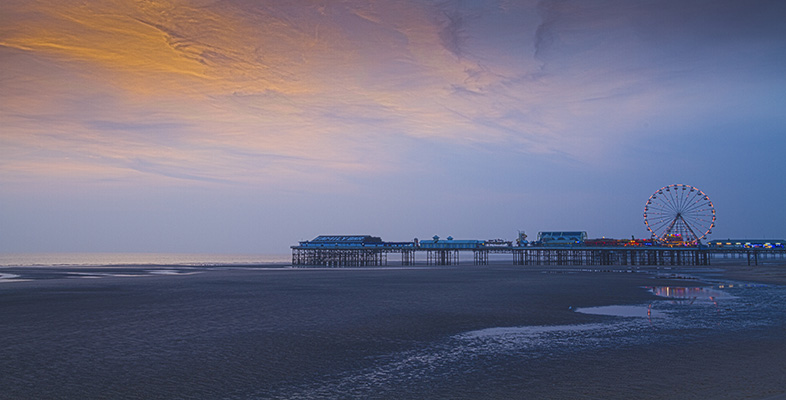

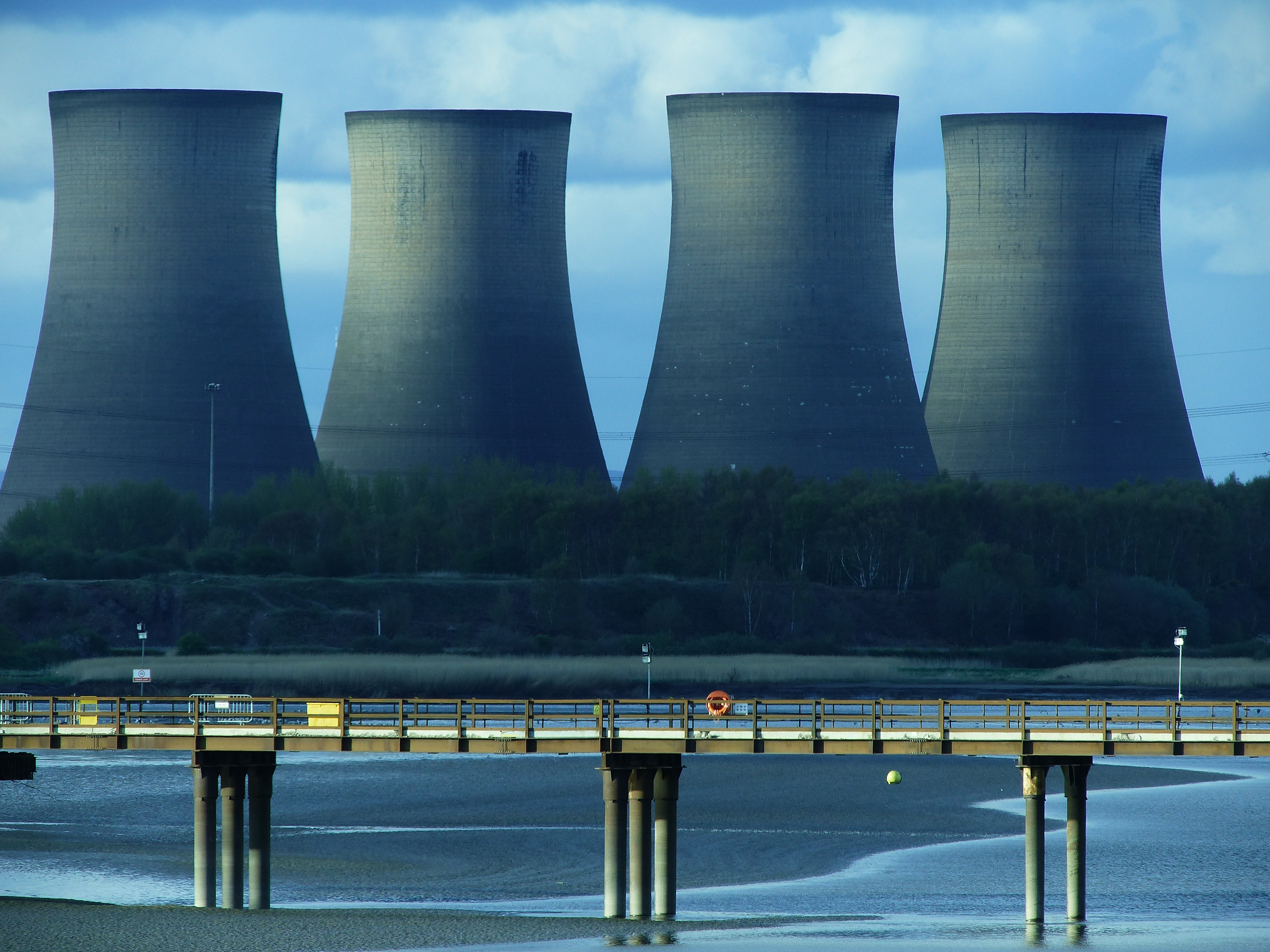
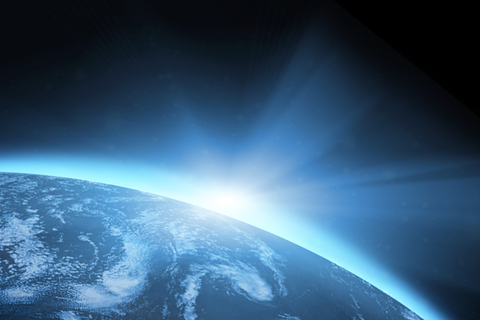
Rate and Review
Rate this video
Review this video
Log into OpenLearn to leave reviews and join in the conversation.
Video reviews